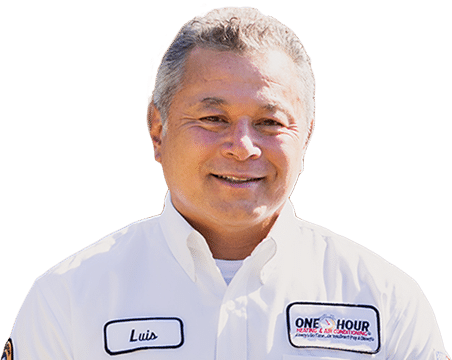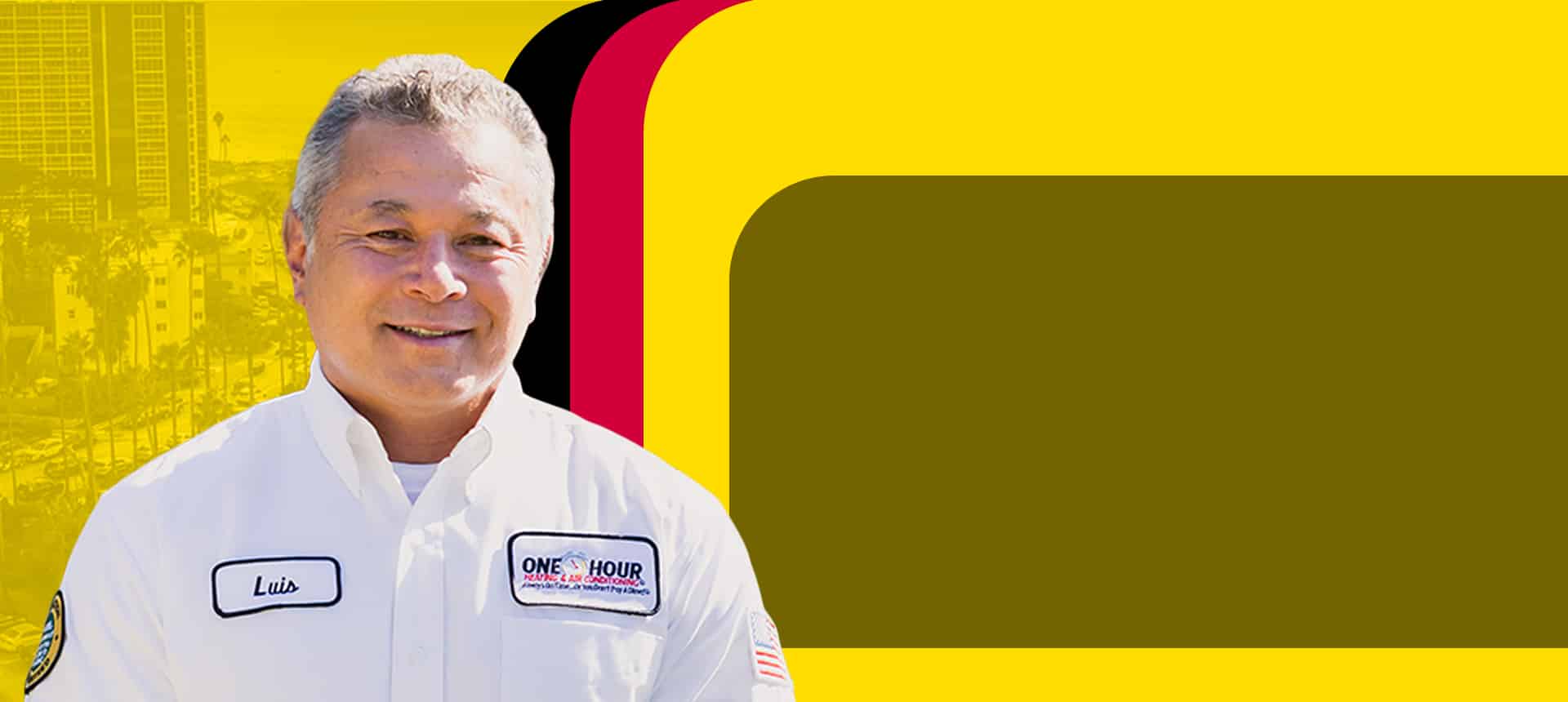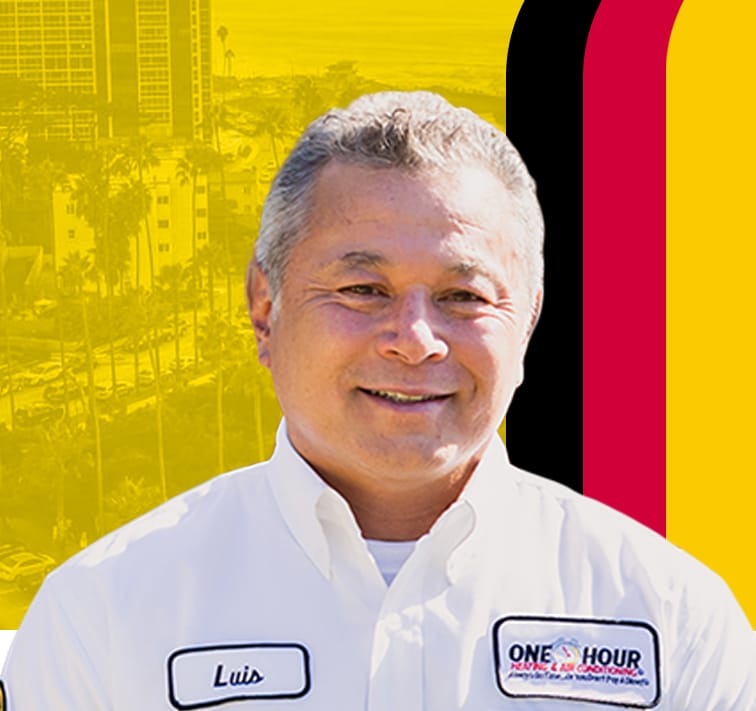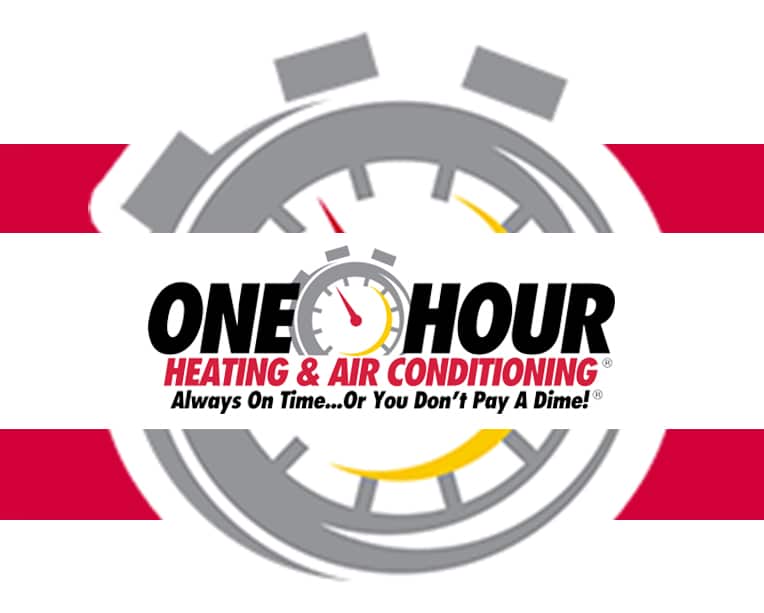Felt like your HVAC problems make your system act like it has a mind of its own? Maybe it’s blowing cold air when it should be warm or making strange noises at night. It’s frustrating, right? As a homeowner in San Diego, you’re probably dealing with unique HVAC issues thanks to our sunny, yet sometimes unpredictable, weather. In this blog, we’ll go over some of the most common HVAC problems San Diego residents face, why they happen, and what you can do to keep your home comfy all year long. Let’s get started!
Understanding HVAC Systems
Before diving into common HVAC problems, it’s helpful to know what an HVAC system does and why it’s so important. HVAC stands for Heating, Ventilation, and Air Conditioning, and it’s what keeps your home comfortable by controlling the temperature and air quality.
It’s made up of several key parts, including the furnace, air conditioner, ducts, and thermostat, all working together to regulate the air in your home. If even one of these parts isn’t functioning properly, it can cause the entire system to struggle, resulting in uneven temperatures, strange noises, or higher energy bills.
Regular maintenance, like changing air filters and cleaning out ducts, is crucial for preventing these issues, keeping the system efficient, and making sure it lasts longer.
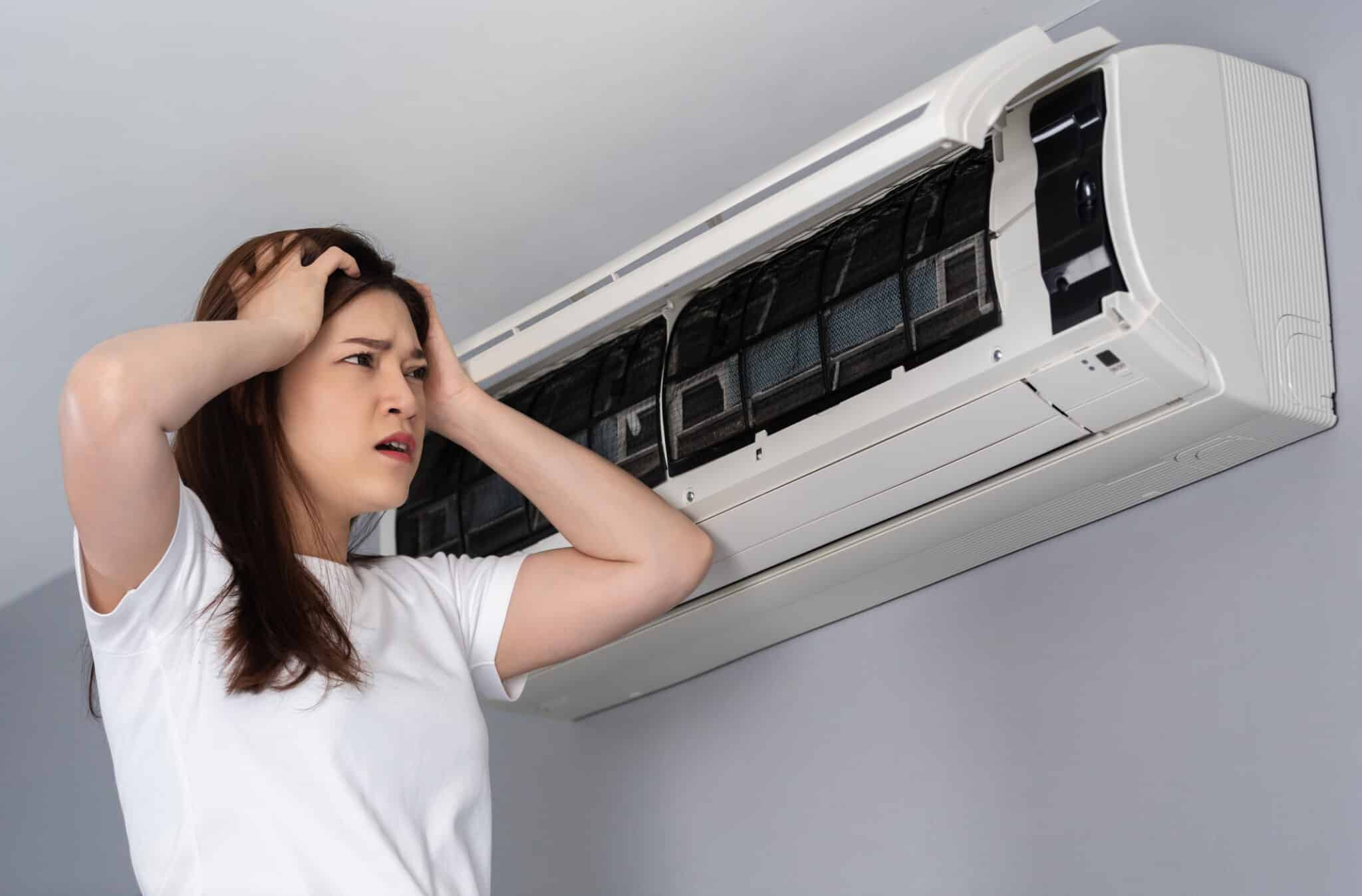
Common HVAC Problems Faced by San Diego Homeowners
Inconsistent Temperatures
Inconsistent temperatures are a top complaint among San Diego homeowners, where one room feels like an icebox while another feels like a sauna. This issue is usually caused by uneven airflow, blocked vents, or faulty thermostats that can’t properly regulate the temperature.
It can also be due to leaks in the ductwork that allow cool or warm air to escape before reaching certain rooms. As a result, your HVAC system has to work overtime, making your home less comfortable and increasing your energy costs. Addressing these issues early on can prevent bigger headaches and help keep your home evenly cooled or heated.
Unusual Noises from the HVAC System
If your HVAC system starts making loud bangs, rattling sounds, or high-pitched squeals, it’s a sign that something isn’t right. These noises can indicate a variety of problems, such as loose parts, a malfunctioning blower motor, or debris caught in the system.
In San Diego, where homes often experience temperature shifts and high humidity, these parts can become worn out or corroded more quickly.
Ignoring these noises can lead to bigger, more expensive repairs down the line. It’s best to get unusual sounds checked out right away to prevent further damage.
Poor Air Quality
Poor indoor air quality is a frequent issue for homeowners, especially in urban areas like San Diego. HVAC systems can accumulate dust, dirt, and allergens, which then get circulated throughout your home.
This can cause respiratory issues, allergies, and an overall stale atmosphere indoors. Sometimes, it’s due to a clogged air filter or dirty ducts, but it could also be a sign that your system isn’t ventilating properly. Regular filter replacements and professional cleanings can significantly improve air quality, making your home feel fresher and healthier.
High Energy Bills
San Diego residents may notice sudden spikes in their energy bills, which often signal HVAC problems. When your system isn’t working efficiently, it has to use more energy to maintain the desired temperature, leading to higher utility costs.
This could be caused by anything from dirty coils and clogged filters to leaky ductwork or an aging system that’s struggling to keep up. Regular maintenance can help keep your HVAC running smoothly and your energy bills in check. Addressing the root cause of these issues can prevent wasting energy and save you money in the long run.
Identifying HVAC Problems
Signs of Inconsistent Temperatures
If your home has spots that feel colder or warmer than others, it’s a sign of inconsistent temperatures. This can happen when there’s a blockage in the vents, a thermostat that isn’t working correctly, or leaks in your ductwork.
Sometimes, the problem can be as simple as furniture obstructing airflow, but it can also indicate a more serious issue with your system’s components.
Identifying the source of the inconsistency is key to solving the problem. Proper airflow, a functioning thermostat, and sealed ducts are essential to maintaining even temperatures throughout your home.
Recognizing Unusual Noises
HVAC systems should run quietly, with only a soft hum when everything is working correctly. If you suddenly hear clanking, banging, or screeching noises, it’s a clear sign of trouble. These sounds often indicate loose or broken parts, like a fan blade that’s come off balance or a worn-out belt that needs replacement.
Other noises, like a buzzing or clicking, could point to electrical issues. Being aware of any changes in your HVAC’s sound can help you catch problems early and get them fixed before they cause more damage.
Symptoms of Poor Air Quality
If you’re sneezing more often or noticing dust buildup around your home, poor air quality might be to blame. A well-functioning HVAC system should filter out dust, pollen, and other particles, keeping your indoor air clean.
But if your system’s filters are clogged or the ducts are dirty, these allergens can be circulated back into your living space.
Sometimes, strange smells like mustiness or a burning odor can also signal air quality issues. Regular filter changes and duct cleanings are the best way to keep your indoor air fresh and free from contaminants.
Analyzing Energy Bills for HVAC Issues
If your energy bills have suddenly jumped without an obvious reason, your HVAC system might be the culprit. An inefficient system uses more energy to maintain a comfortable temperature, causing your costs to skyrocket.
Check your bill against previous months and note any unusual increases. Causes can range from clogged filters and leaking ducts to older units that are simply worn out. By addressing these problems early, you can prevent your system from overworking and keep your energy bills under control.
Common Causes of HVAC Problems
Age of the System
Older HVAC systems are more likely to have frequent problems simply due to wear and tear over time. Most HVAC units have a lifespan of 10 to 15 years, and after this point, they can start breaking down more often.
Components like motors, fans, and compressors weaken with age, leading to issues like inconsistent temperatures or poor airflow. In San Diego’s changing climate, older units may struggle even more to keep up with demand. Upgrading to a newer, more energy-efficient model can solve these problems and help lower your energy bills.
Lack of Maintenance
Skipping regular maintenance is one of the biggest culprits behind HVAC issues. Just like your car needs regular oil changes, your HVAC system needs routine check-ups to perform at its best.
Dirty filters, clogged coils, and blocked vents can reduce efficiency and cause your system to work harder than it should. This added strain can lead to overheating, component failure, and reduced lifespan. Regular maintenance, like annual inspections and monthly filter changes, can prevent these problems and keep your system in top shape.
Environmental Factors in San Diego
San Diego’s coastal climate and fluctuating temperatures can have a big impact on HVAC systems. High humidity levels, salty air, and temperature swings can wear down components faster than in other areas.
The salty air can corrode metal parts, while the humidity can lead to mold and mildew growth inside the ducts, affecting both performance and air quality.
These environmental factors make it especially important for San Diego homeowners to stay on top of maintenance and choose HVAC systems designed to handle coastal conditions.
How to Fix Common HVAC Problems
Solutions for Inconsistent Temperatures
Inconsistent temperatures are one of the most annoying HVAC problems, but they’re often easy to fix. Start by checking your vents and making sure none of them are blocked by furniture or dust.
If that doesn’t solve the issue, look at your thermostat settings to make sure it’s calibrated correctly and set to the right temperature. If the problem persists, there might be a leak in your ductwork, which would need to be sealed by a professional.
Proper airflow is key to solving these HVAC problems, so regular duct inspections and keeping your vents clean can help ensure even heating and cooling throughout your home.
Fixing Unusual Noises
Unusual noises are a common sign of HVAC problems and should never be ignored. Loose parts, such as screws or belts, are often to blame and can be easily tightened or replaced.
A clanking or banging noise could mean that a fan blade is loose, while a high-pitched squeal often indicates a worn-out belt that needs to be swapped out.
If you’re hearing buzzing or clicking, it might be due to electrical problems, which should always be handled by a professional to avoid further damage or safety risks. Staying on top of these smaller HVAC problems will help prevent bigger, more costly repairs down the line.
Improving Air Quality
Poor indoor air quality is a common HVAC problem that can affect your health and comfort. The first step to improving air quality is to change your HVAC filters regularly, especially if you have pets or live in a dusty area.
If changing the filter doesn’t help, consider getting your ducts cleaned by a professional to remove dust, pollen, and other allergens that can build up over time.
Installing an air purifier or dehumidifier can also be beneficial, particularly in humid areas of San Diego. Addressing these HVAC problems promptly will help create a cleaner, healthier environment inside your home.
Addressing High Energy Bills
High energy bills are a telltale sign of HVAC problems that can’t be ignored. Start by inspecting your system for dirty filters, blocked vents, or leaky ducts, as these are common causes of inefficiency.
If everything seems in order, the issue might be that your HVAC system is simply outdated and struggling to keep up with demand. In this case, upgrading to a newer, more efficient unit can significantly reduce your energy costs.
Other solutions include installing a programmable thermostat or sealing any leaks around doors and windows to prevent your HVAC system from working overtime. These small adjustments can make a big difference in addressing energy-related HVAC problems.
When to Call a Professional
Recognizing Serious HVAC Issues
Certain HVAC problems signal that it’s time to bring in a professional before things get worse. If you notice short cycling (when your system turns on and off frequently), strange smells like burning or mustiness, or visible signs of leaks around the unit, these are signs of serious underlying issues.
Short cycling can indicate electrical problems or a failing compressor, while odd smells may point to mold growth or even an electrical fire risk.
Additionally, if your unit is leaking, it could mean a refrigerant problem, which needs to be handled by a licensed technician. These HVAC problems are not just inconvenient—they can be dangerous if not addressed properly.
The Benefits of Professional Inspections
Regular inspections by a professional can catch small HVAC problems before they turn into major repairs. During an inspection, a technician will check for things like airflow issues, refrigerant levels, electrical connections, and worn-out parts.
They’ll also clean components that homeowners typically can’t access, like the blower and evaporator coil. In San Diego, where HVAC systems often run year-round, professional inspections help ensure your system is prepared for changing seasons.
Routine check-ups can improve efficiency, extend the lifespan of your unit, and give you peace of mind knowing your system is in good shape. This proactive approach can save you from costly HVAC problems down the road.
Preventative Measures to Avoid HVAC Problems
Regular Maintenance Tips
Regular maintenance is key to stopping HVAC problems before they start. One of the easiest things you can do is to change your air filters every 1-3 months. Dirty filters restrict airflow, making your system work harder and leading to problems like poor air quality and higher energy bills.
Another good habit is to keep your outdoor unit free from debris like leaves, dust, and branches, as these can clog the system and reduce efficiency. It’s also smart to check your thermostat settings to ensure they match your comfort needs.
Lastly, consider scheduling an annual professional inspection to catch any hidden issues and keep your system running smoothly.
Seasonal Checklists for HVAC Systems
Creating a seasonal maintenance checklist is a great way to stay on top of your HVAC system’s performance throughout the year.
In the spring, clean or replace your air filters, inspect your ductwork for any damage, and make sure your air conditioner is prepped for warmer days. In the fall, switch out the filters again, remove any debris around your outdoor unit, and test the heating system to confirm it’s ready for cooler nights.
During the summer and winter, keep an eye out for any unusual noises or inconsistent temperatures, as these can signal a need for attention. Following a seasonal checklist helps prevent sudden breakdowns and keeps your system running efficiently year-round.
Need Help Solving Your HVAC Problems in San Diego?
Don’t let HVAC problems disrupt your home’s comfort any longer! At One Hour Heating & Air Conditioning San Diego, we specialize in diagnosing and fixing any HVAC issues quickly and efficiently.
Whether you’re dealing with uneven temperatures or strange noises, our team has you covered. Contact us today and get reliable HVAC solutions tailored to San Diego’s unique climate needs!
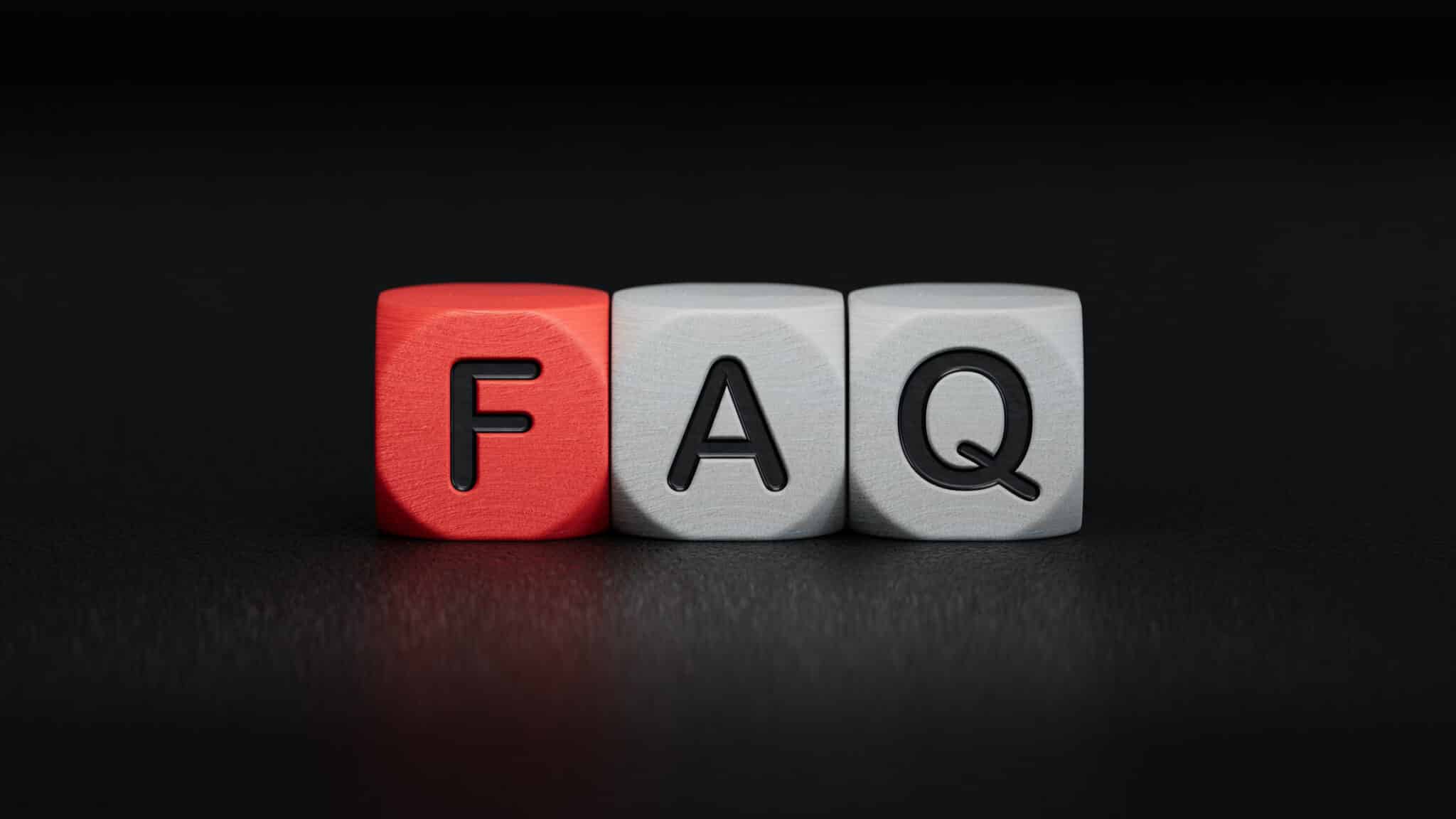
FAQs
How often should I change my HVAC filters?
You should change your HVAC filters every 1 to 3 months, depending on factors like pets, allergies, or how much dust is in your area. If you have pets or live in a dusty environment, change them monthly to prevent HVAC problems caused by clogged filters.
What are some signs my HVAC system needs repairs?
Signs that your HVAC system might need repairs include inconsistent temperatures, strange noises, a sudden increase in energy bills, and unusual smells coming from the vents. If you notice any of these symptoms, it’s best to get your system checked to prevent bigger HVAC problems from developing.
Can I fix HVAC problems myself, or should I hire a professional?
Some minor HVAC problems, like changing filters or clearing debris from outdoor units, can be handled by homeowners. However, more complex issues like electrical problems, refrigerant leaks, or strange noises should always be addressed by a licensed HVAC technician to avoid safety risks and ensure proper repairs.
Why are my energy bills suddenly higher?
A sudden spike in your energy bills is often a sign of an HVAC problem, such as a clogged filter, leaky ducts, or a malfunctioning thermostat. When your system has to work harder to maintain your desired temperature, it uses more energy, which drives up costs. Regular maintenance and timely repairs can help keep your energy bills in check.
How long does a typical HVAC system last?
The average HVAC system lasts about 10 to 15 years with proper maintenance. After that, components begin to wear out, and HVAC problems become more frequent. Upgrading to a newer, more efficient system can save you from constant repairs and lower your energy costs.

